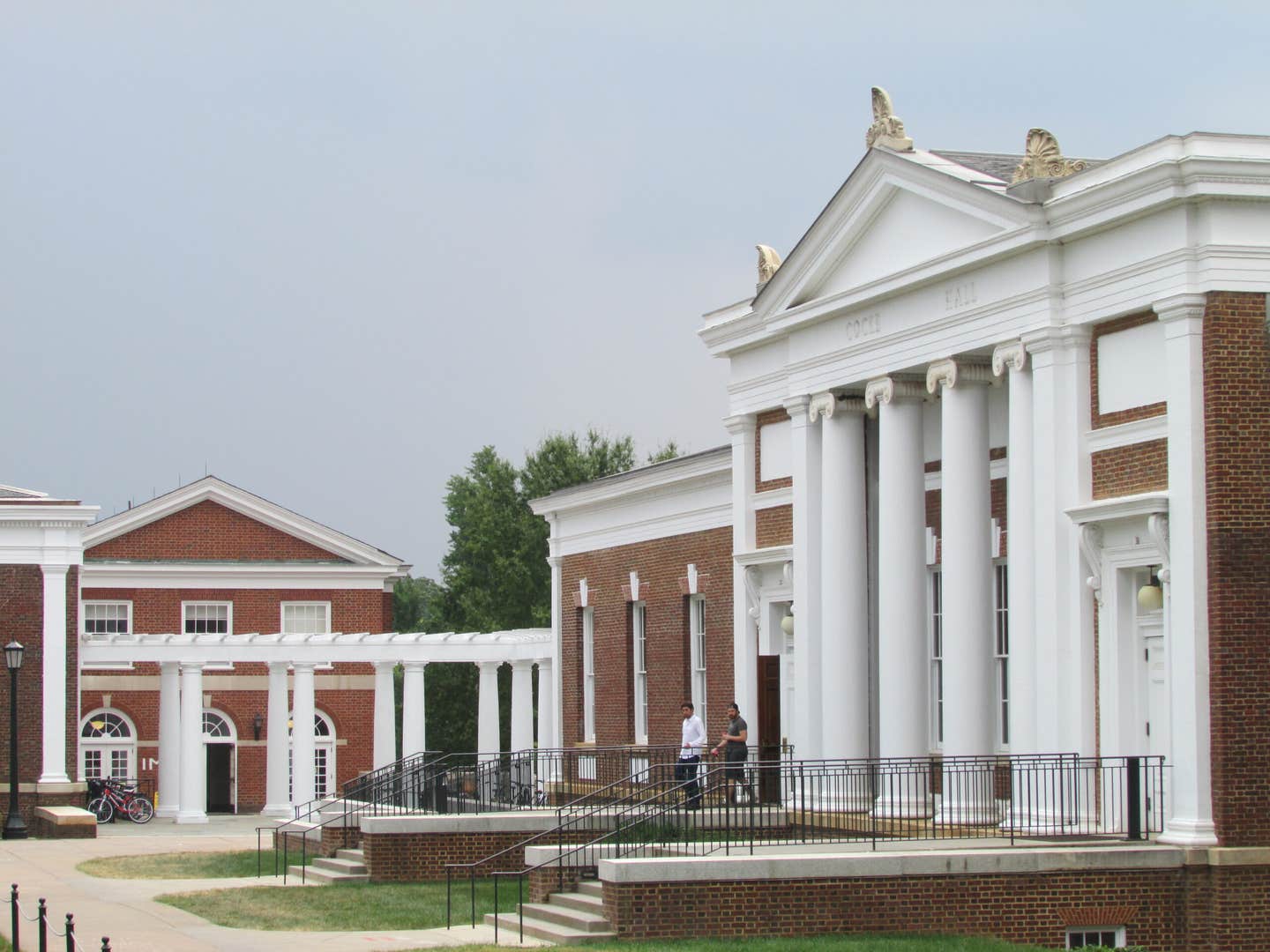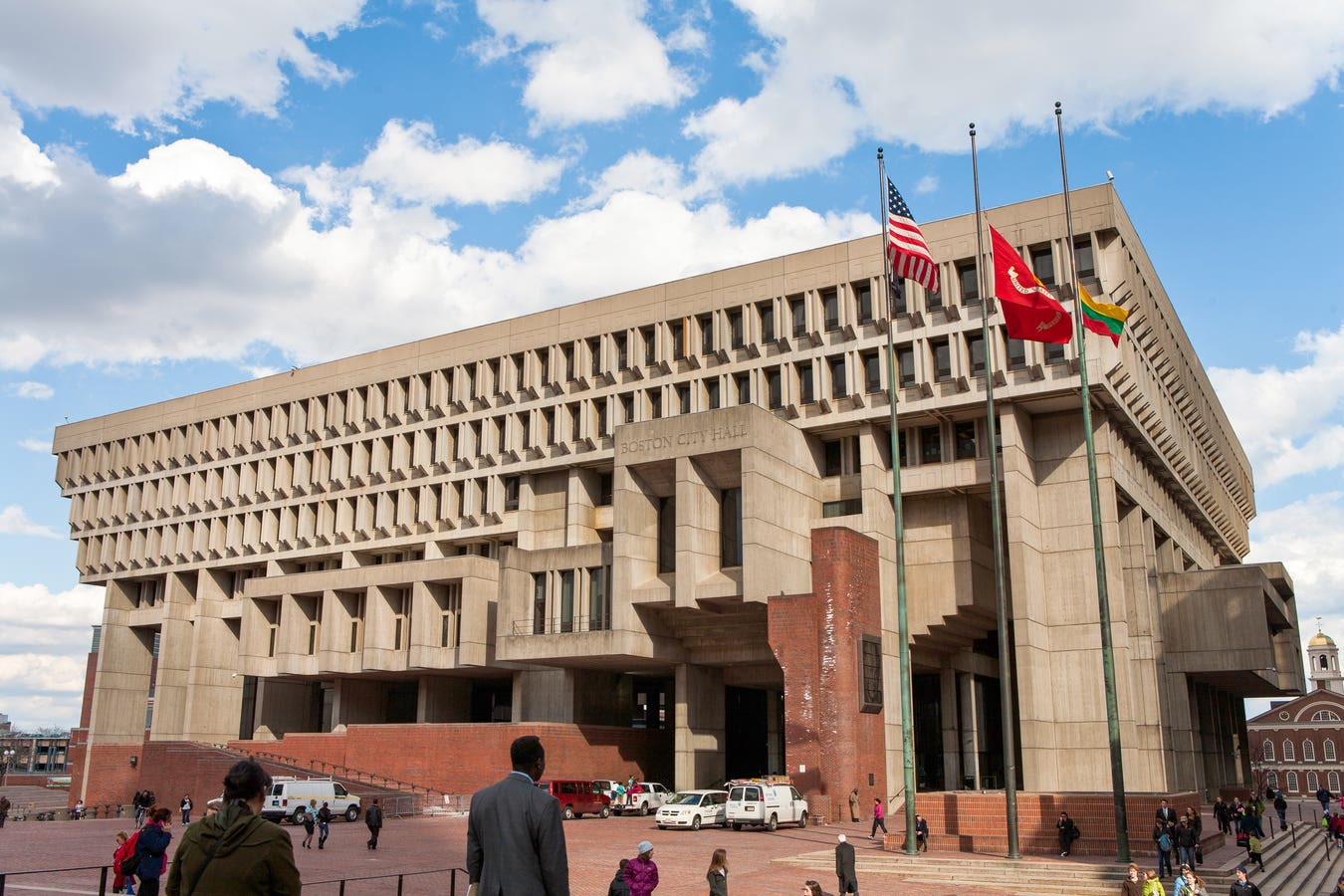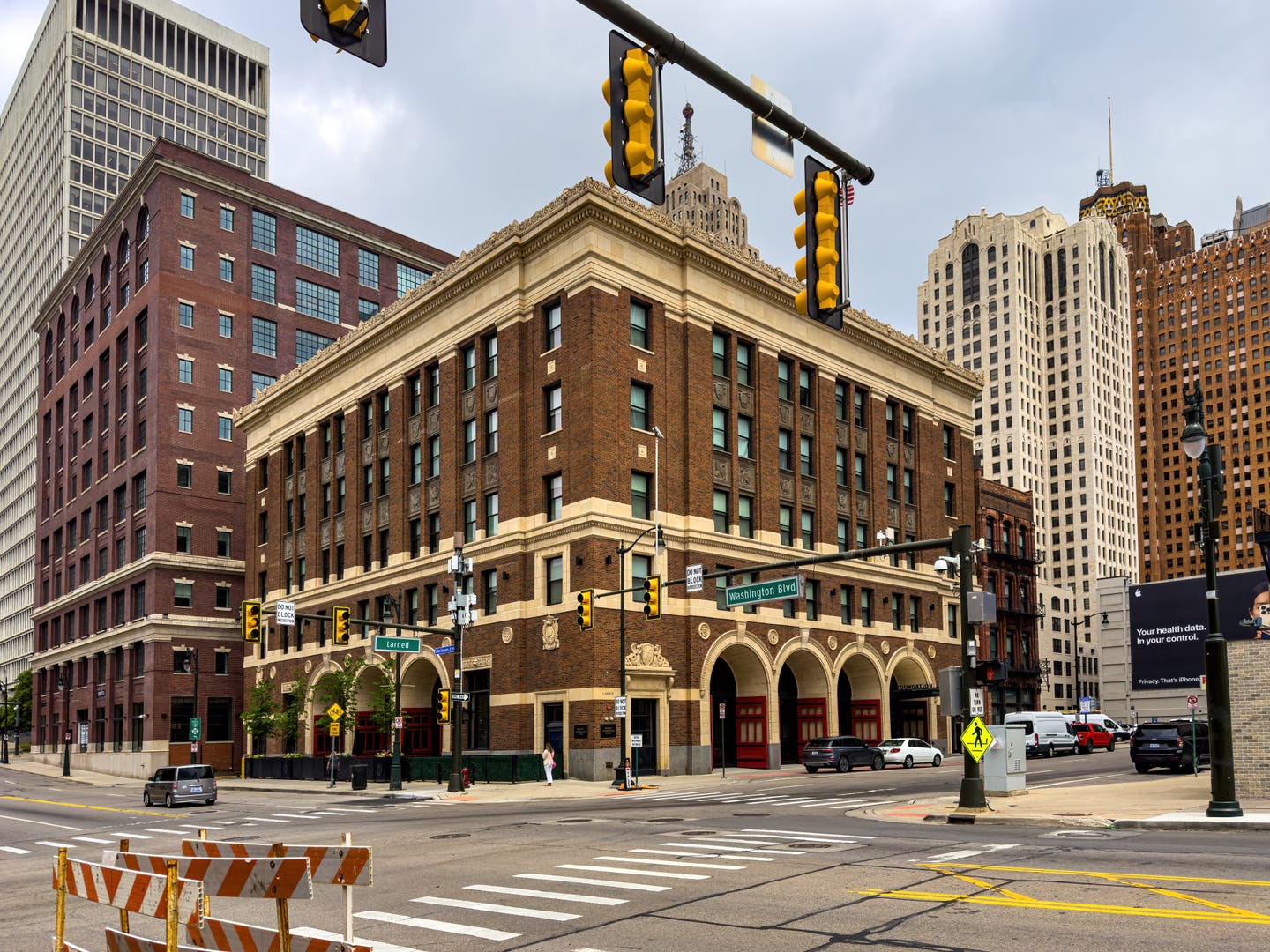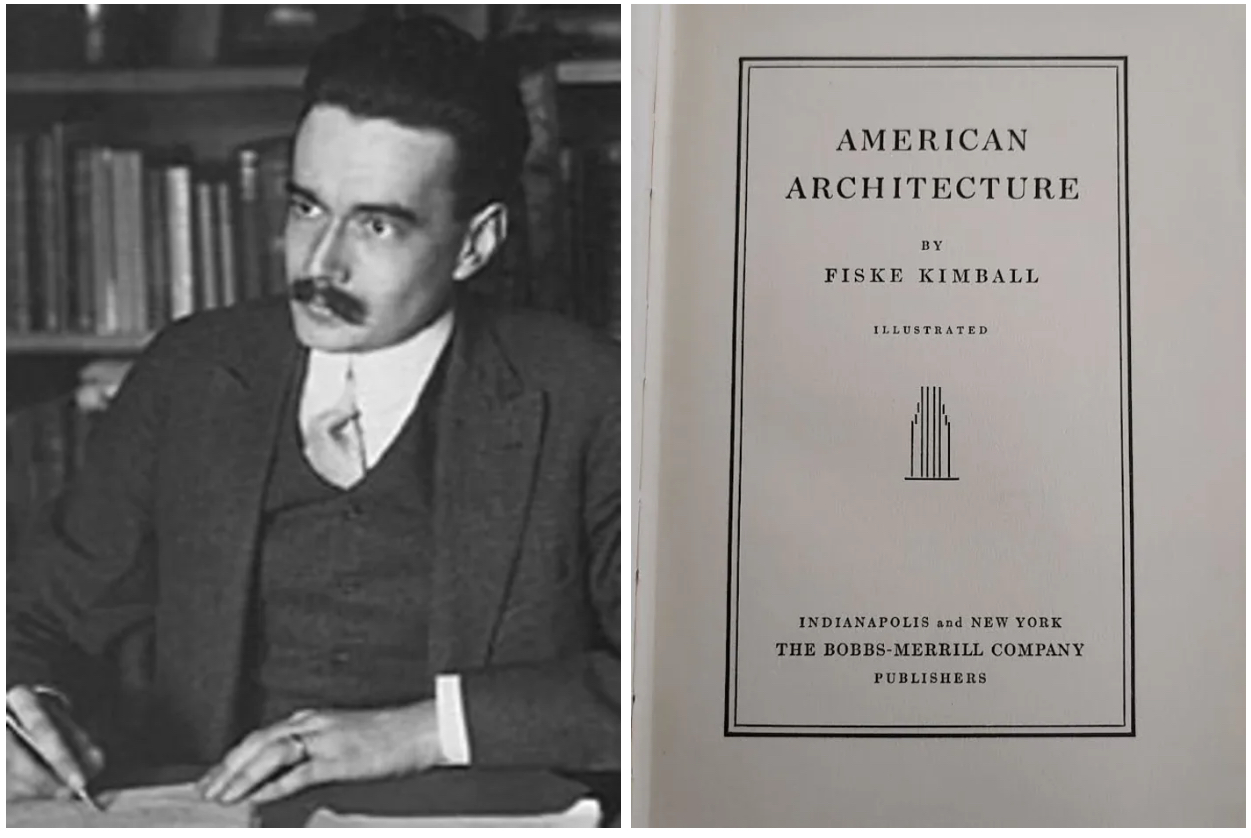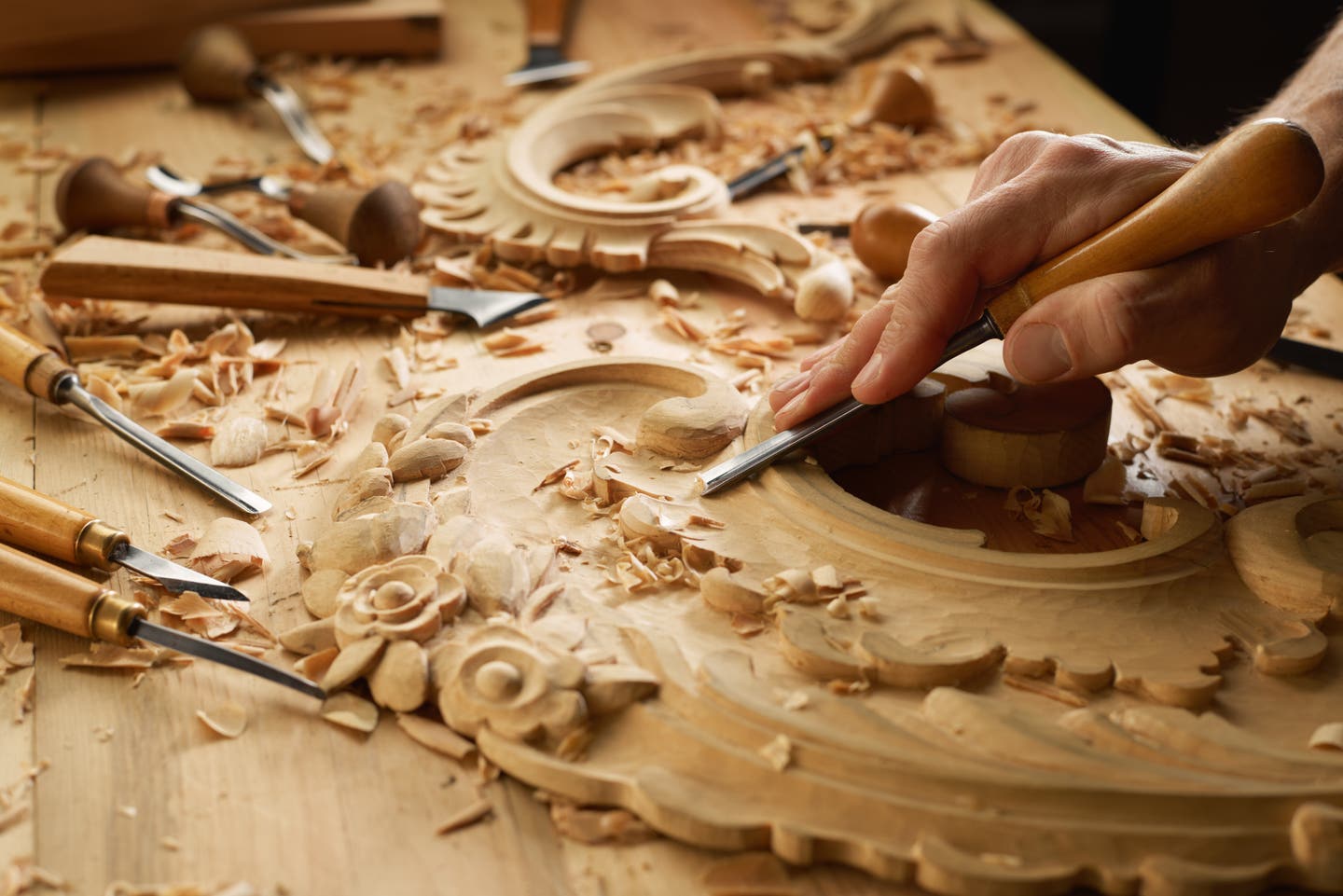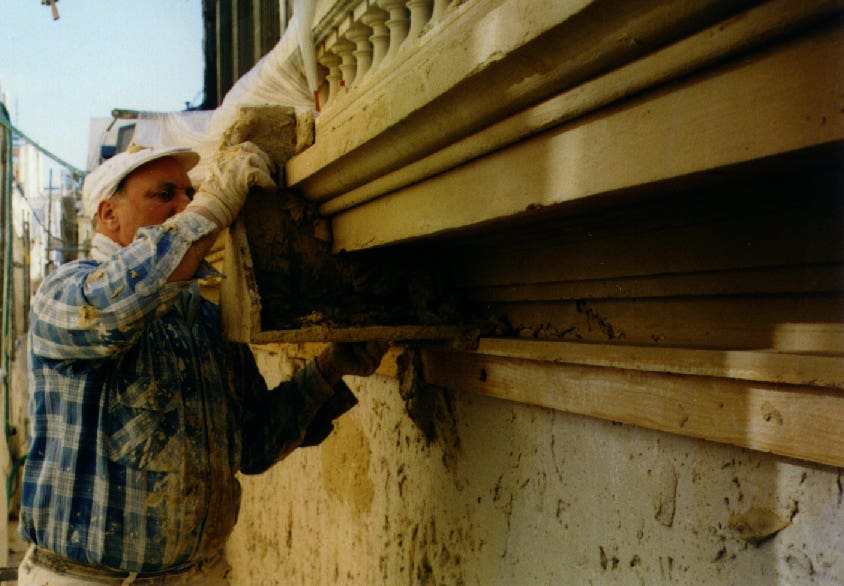
Patrick Webb
Gypsum
Gypsum is a naturally occurring stone, a metallic salt of calcium. It commonly forms as an evaporite from the dissolution of limestone by exposure to sulphuric acid from volcanic activity. Under certain conditions, continual cycles of dissolution and evaporation will agglomerate into a “primary” deposit of gypsum.
Mineral gypsum so formed is interspersed among other minerals. Primary deposit gypsums are characterized by a loose crystalline structure and high solubility in water. Over geologic time gypsum from primary deposits is often carried away in solution, forming a “secondary” deposit of a much purer gypsum. These secondary deposits or “massifs” can be tens of feet thick, forming extended beds. Massifs are the primary source exploited as raw material for gypsum plaster.
Chemistry & Manufacture
The most common form of naturally occurring gypsum has the chemical formula: calcium sulphate dihydrate or CaSO4·2H2O. This “hydrous” or watery gypsum binds water to calcium sulphate molecules in a dry, crystalline state. As we'll see this imbues gypsum plasters with some amazing properties. If water held “frozen” at ambient room temperature doesn’t already sound incredible, the alchemy of burning stone to convert it into a plaster or mortar, to be subsequently reconstituted into stone in a place and shape of our choosing is downright magical!
Unlike clay, mineral gypsum must be baked in preparation for its use as a plaster. Fortunately, this occurs at a relatively low temperature so is not an energy intensive process. Gypsum rock can be efficiently baked at temperatures as low as 300° F. At this temperature gypsum quickly loses 75% of its water content, off-gassing steam. The resulting material has the chemical formula calcium sulphate hemi-hydrate or CaSO4·½H2O. Commonly known as Plaster of Paris, this is the most prevalent form of gypsum used for plasters.
In the 19th century it was discovered that gypsum baked under increased atmospheric pressure in a barometric chamber would result in dense plasters, having less water demand. These “gypsum cements” require less water to mix and manifest a distinct crystallization pattern that produces dense, hard sets very useful in casting work. Anhydrous gypsum is another form of gypsum stone that occurs naturally or can be manufactured by continuing to bake the hydrous form over a temperature of 800° F, producing calcium sulphate or CaSO4. This anhydrous or “dead burnt” gypsum, sometimes with a small addition of alum, is characterized by a slower set and dense crystallization useful for floor, exterior and other specialty applications such as scagliola.
Properties & Specifications
There are several characteristics that are inherent to all gypsum plasters. Notable among them is that gypsum plaster is self-binding. Aggregates may be added as an inexpensive filler or for decorative effect; however, unlike clay or lime they are not necessary for the plaster to hold together. A closely related quality is that gypsum plasters do not shrink as they set. As gypsum plaster incorporates most of the added water into its crystalline matrix it actually expands slightly as is sets. Plaster of Paris and the gypsum cements in particular are fast setting materials that permit work to be conducted expeditiously. Gypsum plasters have excellent adhesion to most any solid, fibrous or lath substrate and provide a permeable, breathable coating. Furthermore, the combination of these unique characteristics of self-binding and rapidity of set result in gypsum being the perfect binder for molding and ornamental applications. Both Plaster of Paris and gypsum “cements” can be mixed to a light cream consistency, capturing the finest of details.
Historically gypsum plasters have been used primarily for interiors. Although all natural plasters are incombustible, gypsum is practically miraculous in its inherent capacity to actively retard fire. This is due to its hydrous chemistry. Should a fire occur in one room, gypsum will continue to off-gas steam, thus suppressing the temperature on the other side of the wall well below the temperature needed for spontaneous combustion. This arrests the ability of the fire to spread, starving it of needed oxygen.
Although Plaster of Paris produces a plaster far too porous and soluble for exteriors and gypsum cements are simply not practical to use as a wall plaster, there is a long history of exterior stuccoes in Europe based on anhydrous gypsum. Similar to earthen renders, reasonable precautions need to be taken with overhangs and other flashing details to ensure protection from streaming water as well as establishing water tables to prevent capillary water rise.
Nevertheless, the self-binding nature of the material itself allows a great range of technical and aesthetic freedom. Gypsum stuccoes are very manageable to work as a wall plaster and can be applied up to an inch or more in a single coat. They have a rapid set that permits working in almost any season so long as there is a brief window of good weather. Furthermore, molding profiles can be run in situ, ornamentation can be cast and affixed and a practically unlimited variety of aggregates can be added for simply decorative effect.
In our next essay we’ll begin taking a closer examination of the family of lime binders, materials intimately associated with civilization itself.
My name is Patrick Webb, I’m a heritage and ornamental plasterer, an educator and an advocate for the specification of natural, historically utilized plasters: clay, lime, gypsum, hydraulic lime in contemporary architectural specification.
I was raised by a father in an Arts & Crafts tradition. Patrick Sr. learned the “decorative” arts of painting, plastering and wall covering as a young man in England. Raising me equated to teaching through working. All of life’s important lessons were considered ones that could be learned from the mediums of tradition and craft. I found myself most drawn to plastering as I considered it the richest of the three aforementioned trades for artistic expression.
This strong paternal influence was tempered by my grandmother, Geraldine Webb, a cultured, traveled, well-educated woman, fluent in several languages. She made a point of instructing her young grandson in Spanish, French, formal etiquette and opened up an entire worldview of history and culture.
After three years attending the University of Texas’ civil engineering program with a focus on mineral compositions, I departed, taking a vow of poverty, living as a religious aesthetic for a period of seven years. This time was devoted to clear reasoning, linguistic studies, examination of world religions, exploration of ethics and aesthetics. It acted as a circuitous path leading back to traditional craft, now imbued with a deeper understanding of interconnection in time and place. I ceased to see craft as simply work or labor for daily bread but among the sacred outward expressions of the divine anifest
within us.
From that time going forward there have been numerous interesting experiences. Among them study of plastering traditions under true masters here in the US as well as in England, Germany, France, Italy and Morocco. Projects have included such high expressions of plasterwork as mouldings, ornament, buon fresco, stuc pierre, sgraffito and tadelakt.
I’ve been privileged to teach for the American College of the Building Arts in Charleston, SC, where I currently reside and for the Institute of Classical Architecture & Art across the US. “Sharing is caring” – such a corny cliché but so true. I hardly know a
thing that hasn’t been practically served to me on a platter. I’m grateful first of all, but now that I might actually know a few things, it becomes my responsibility to be generous as well.



